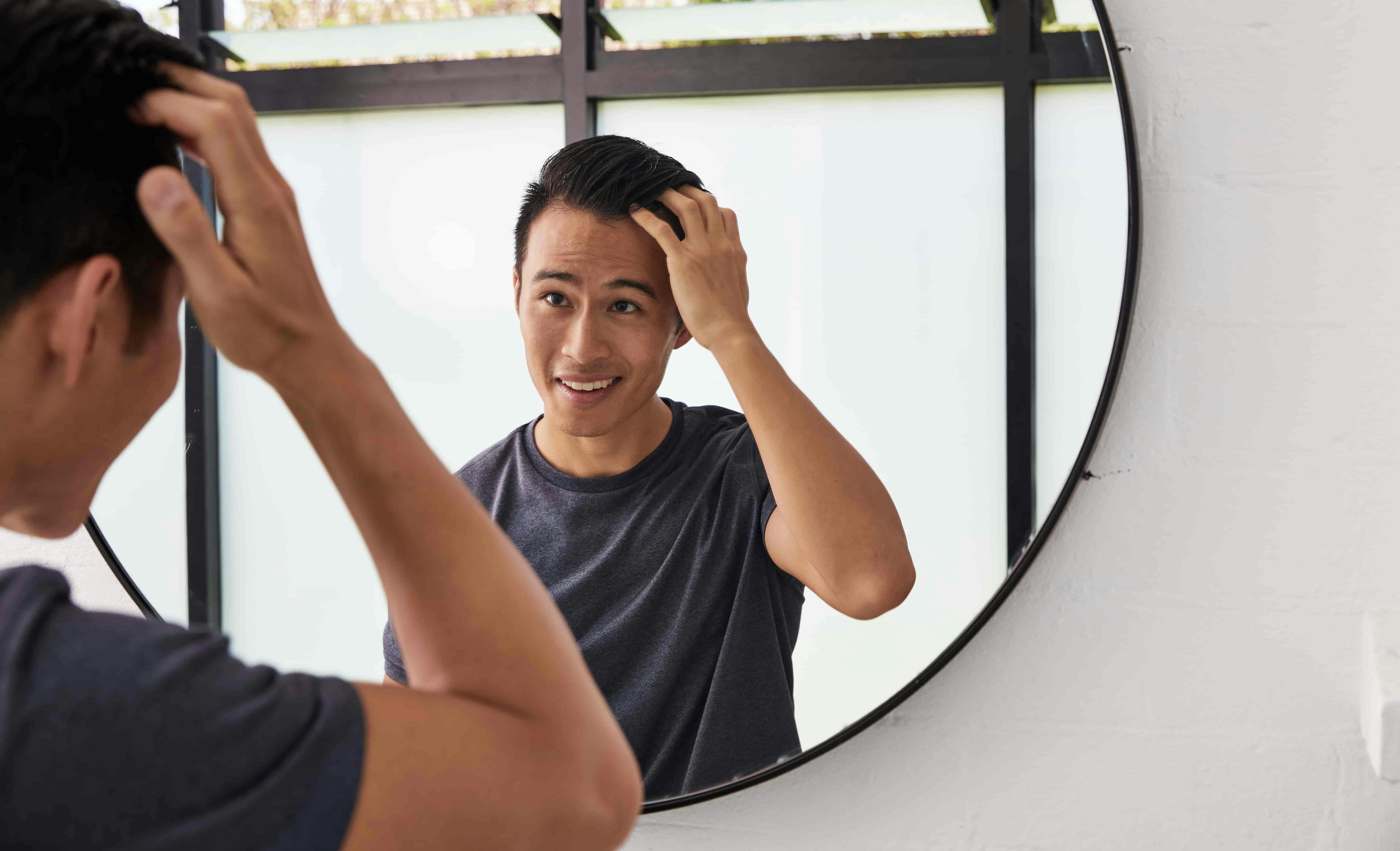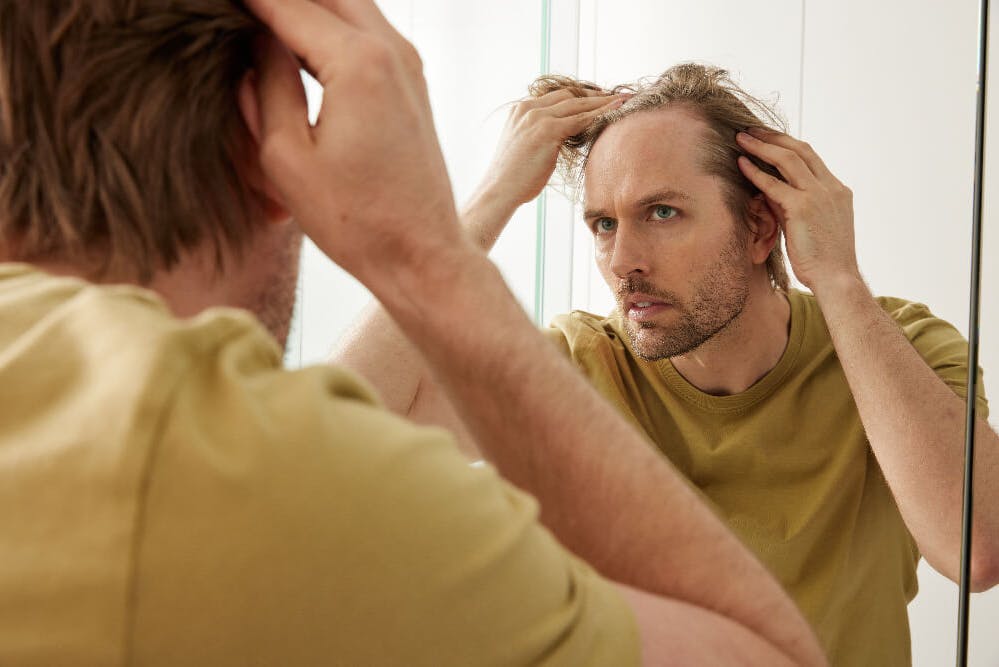What is minoxidil foam?
Minoxidil can improve blood flow when it is applied topically to certain parts of the body. This improvement in blood flow may increase the supply of nutrients to hair follicles, nourishing hair and improving thickness. Minoxidil foam is frequently used to stimulate hair growth and introduce essential nutrients that support healthy hair. It works by shortening the resting phase of the hair growth cycle, leading to the start of the growth phase of the hair follicles. It also helps lengthen the overall growth phase.
How long does it take for minoxidil foam to work?
The time it takes for minoxidil topical foam to work varies for each person. In general, it may take minoxidil products a 3 month supply to 6 months with twice daily application to see noticeable results.[1] For some men, you may need to use this product for at least 4 months before you see results. Facial hair growth should be noticeable sooner.
Hair growth occurs in four phases: anagen (growth), catagen (follicle shrinking), telogen (rest), and exogen (shedding). Your hair must first go through the shedding phase in order to reach the anagen phase and grow new hair.
What are the minoxidil foam side effects?
While topical minoxidil scalp treatment foam is considered safe, there are still some reactions associated with the use of minoxidil. Some of the mild side effects of minoxidil use may include:[2]
- irritation or visible redness on the applied area, causing itching; and
- unwanted hair growth in unintended areas.
We strongly recommend using minoxidil foam or any minoxidil-related products according to the product label or your doctor's instructions. For any questions you may have, consider consulting our doctors at Mosh for personalised care and adjustments to your hair treatment anytime for as long as you’re a Mosher.
With us, you can seek help from Australian doctors without dealing with the hassles of having to physically visit a hair loss clinic. Our platform virtually connects you to a network of AHPRA-registered doctors who can provide science-backed advice to help with your situation.
If needed, they will also recommend a treatment plan that is customised for your unique needs and goals. Mosh doctors will take into consideration various factors that may be contributing to your hair loss, like your medical history.
How often should I use foam minoxidil?
Generally, you only apply half a capful of minoxidil foam on your scalp twice a day for the best results. Before applying minoxidil foam, ensure your scalp and hair are dry. You do not need to wash the minoxidil out of your hair at any point. However, it’s best to allow minoxidil to dry on your scalp for at least four hours before using other hair products or going to bed.
However, it’s important to remember there’s no one-size-fits solution. Foam minoxidil is best used under the guidance and instructions of a medical professional. Instead of relying on guesswork, speak to a health practitioner at Mosh, who will advise you on your hair loss concerns and, if necessary, recommend tailored solutions.
You’re in control of your hair regrowth process. You can choose to not proceed after your initial doctor advice or move forward with their proposed treatment plan if any. Mosh also makes switching doctors easy if you feel your current doctor isn't the right fit. Once you confirm you wish to proceed with a treatment plan, we will send the necessary products to your doorstep.
Are there alternative treatments to minoxidil?
Yes, there are alternative treatments to minoxidil, including natural products like caffeine and rosemary oil.[5] However, further clinical evaluations are needed to confirm their effects. Whenever our doctors assess your need for treatment, we review different factors that could be contributing to your hair loss concerns. If necessary, Mosh products tailor-fit for your treatment may be prescribed to you. Moreover, Mosh also offers a range of hair regrowth treatments that can supplement any treatment recommended to you.
Mosh your way to a fuller head of hair
We believe that early treatment is key to preventing hair loss. Mosh exists to make men’s health easy, and we pride ourselves on operational excellence and delivering the best services for all our clients. We work alongside our Moshers for concerns surrounding health, skin care, mental health, and sexual health.
Consider taking our quiz so our doctors can recommend personalised treatment for your concerns. If you’d also like to know more about questions like, ‘Why is my hair falling out?’ or “How to stop hair loss?” we have a blog post that helps you better understand the causes of hair fall.
No need to keep looking for a hair loss doctor with our dedicated telehealth platform. Let our doctors get to the bottom of your concerns so you can step out of your home with confidence.
Talk to us today for a better, more thriving you!

